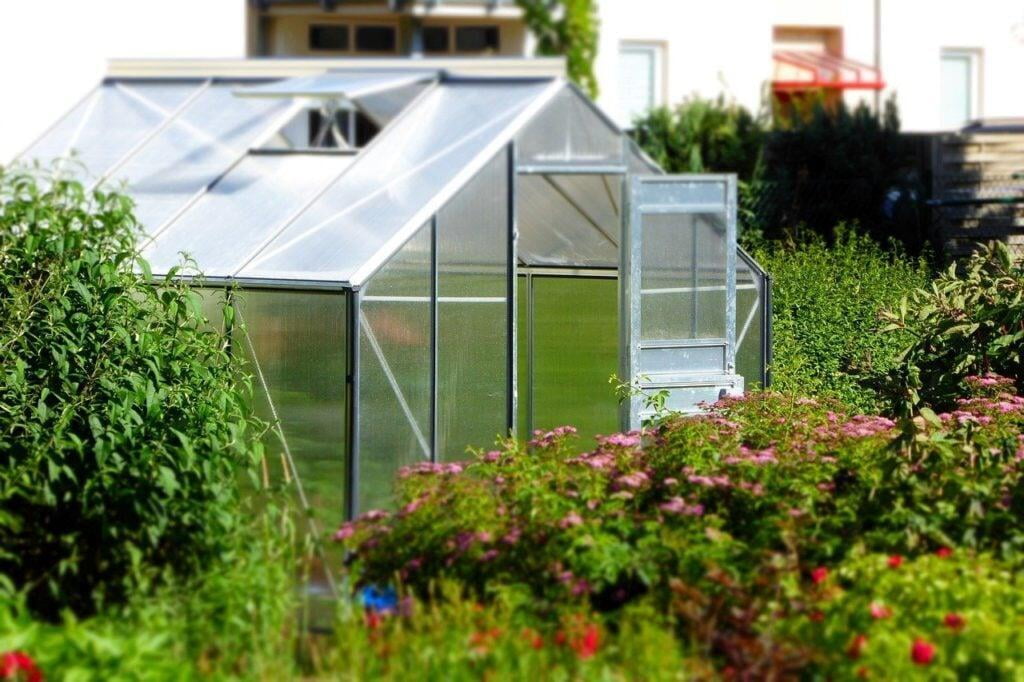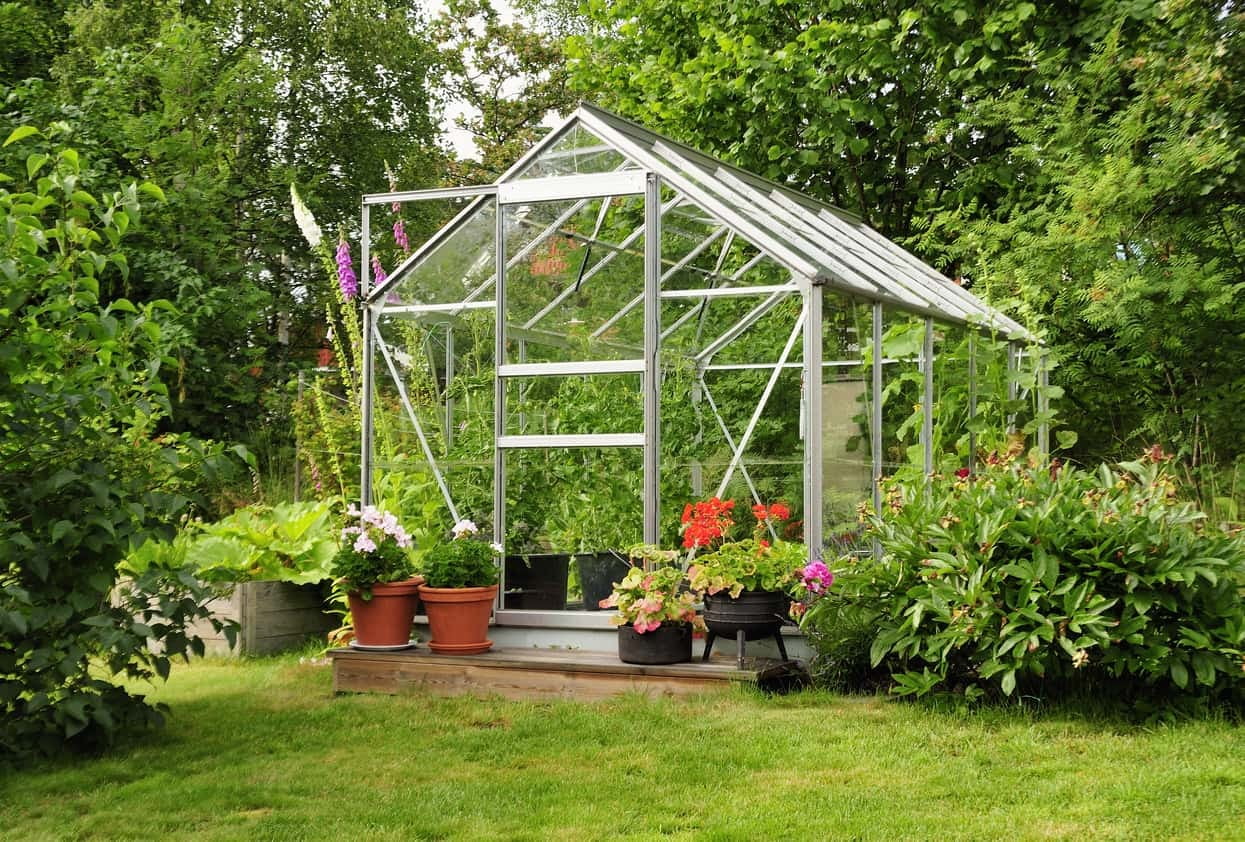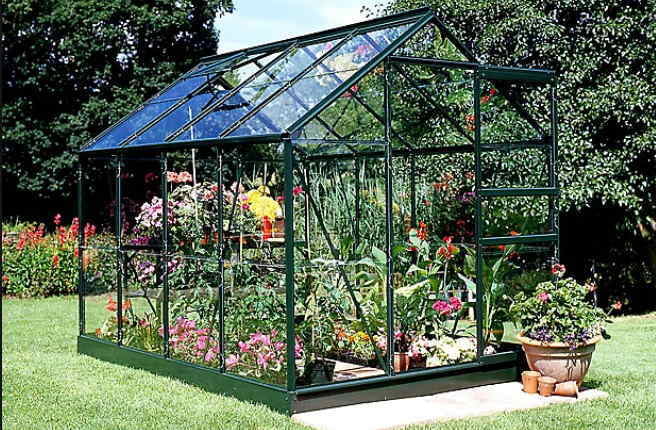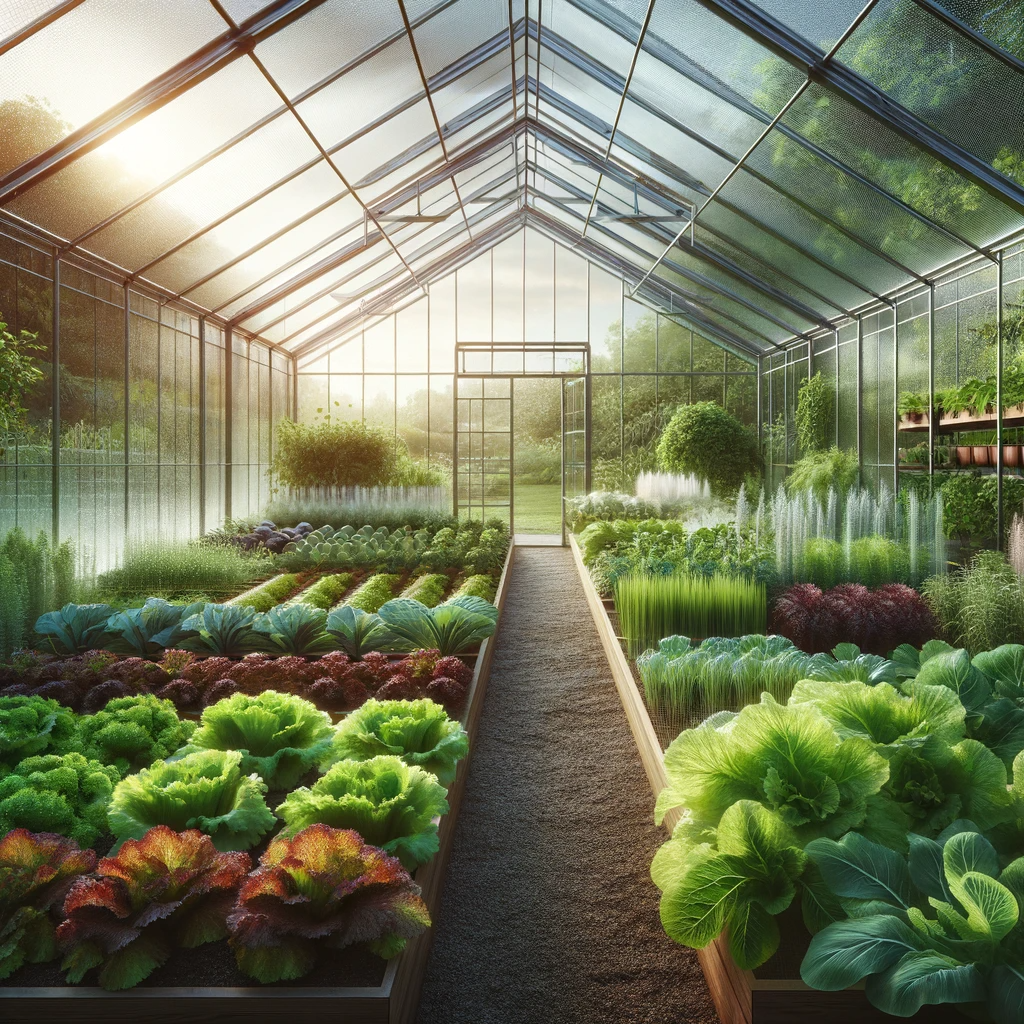The material you choose for your greenhouse is more than just a matter of construction; it's a foundational decision that shapes the future of your gardening journey. In the green realms of glass and plastic greenhouses, each offers unique benefits that cater to different needs, preferences, and climates. This guide delves into the intricate aspects of both materials, offering a detailed exploration to assist you in making an informed choice.
Introduction to Plastic vs Glass Greenhouse Debate
The greenhouse serves as a sanctuary for plant life, shielding it from the harshness of the external environment while providing a controlled habitat for optimal growth. The selection between glass and plastic as the core material plays a pivotal role in the functionality and success of this sanctuary. This narrative aims to unpack the advantages and challenges of both materials, equipping you with a well-rounded perspective to align your greenhouse choice with your gardening aspirations.
Transmittance and Light Quality in Glass vs Plastic Greenhouses
The debate between glass and plastic greenhouses often begins with their ability to transmit light. Glass has a stellar reputation for its high light transmittance rate, offering a clear, uninterrupted path for sunlight to reach the plants inside. This characteristic is crucial during the winter months or in regions that receive limited sunlight. On the other hand, plastic greenhouses, particularly those made from polycarbonate, have the advantage of diffusing light. This diffusion helps in reducing the intensity of direct sunlight, which can sometimes lead to plant burn in glass greenhouses. Additionally, the diffused light reaches a broader spectrum of the greenhouse, promoting even growth among all plants.

Durability and Safety: Glass vs Plastic Greenhouses
When considering durability and safety, plastic greenhouses emerge as a safer alternative, particularly for environments where breakage is a concern. Polycarbonate materials are notably resilient against impacts, reducing the risk of breakage and ensuring a safer environment for both gardeners and their plants. Conversely, glass greenhouses, while offering a certain timeless appeal, pose a higher risk when it comes to potential breakage. However, glass's longevity is unparalleled; it resists scratching, doesn't discolour over time, and maintains clarity, ensuring that your investment lasts for many years with proper care.
Cost and Efficiency of Glass and Plastic Greenhouses
Evaluating the cost and efficiency of glass versus plastic greenhouses unveils a complex picture. Plastic greenhouses are initially more budget-friendly and simpler to install, making them an attractive option for amateur gardeners or those with limited resources. Their lightweight nature contributes to reduced shipping costs and the potential for DIY installation. On the flip side, glass greenhouses, though commanding a higher upfront cost, potentially offer better long-term value. Their durability and minimal maintenance needs can make them a more economical choice over time despite the initial investment.
Heat Retention Capabilities and Climate Control
In terms of heat retention and climate control, glass greenhouses have a slight edge, especially in cooler climates. They are capable of retaining heat more effectively, creating a warm environment that can extend the growing season into the colder months. This attribute makes them particularly suitable for regions with significant temperature fluctuations. Plastic greenhouses, while adept at heating up quickly due to their ability to allow in a vast spectrum of light, might not hold the heat as efficiently during the night. Innovations in double-glazing and thermal screens can improve heat retention in glass greenhouses, further enhancing their appeal for year-round gardening.
Aesthetics of Glass and Plastic Greenhouses
Aesthetics play a significant role in the choice between glass and plastic greenhouses. Glass offers a classic elegance that is difficult to replicate with any other material. Its transparent nature allows it to blend seamlessly with any garden design, making it a favoured choice for gardeners who place a premium on the visual appeal of their gardening spaces. Plastic greenhouses, while practical and versatile, often lack the refined appearance of glass. However, advancements in the design and quality of plastic materials have seen an improvement in their aesthetic appeal, offering a range of options to suit different tastes.
Resistance to Weather and External Forces
The resilience of your greenhouse material against harsh weather is a critical consideration. Plastic greenhouses, particularly those made from polycarbonate, are championed for their robustness against impact. They offer superior resistance to hail, heavy snow, and strong winds, making them an ideal choice for gardeners in areas prone to such conditions. Glass, while offering unmatched clarity and durability under normal conditions, is vulnerable to breakage upon impact. This susceptibility necessitates careful consideration of location and potential protective measures to mitigate the risk of damage.
Installation and Maintenance: Glass vs Plastic Greenhouses
Plastic greenhouses score high on the ease of installation and maintenance. Their lightweight panels and modular designs allow for straightforward assembly, often without the need for professional help. This ease extends to maintenance, with plastic being relatively simple to clean and resistant to the build-up of algae or mould. Glass greenhouses, in contrast, demand a higher level of care both during installation and throughout their lifespan. They require a sturdy foundation and precise assembly to ensure longevity and performance. Maintenance involves regular cleaning to maintain light transmittance and inspections for any potential damage that needs addressing.
Recommendations for Specific Gardening Goals
Your specific gardening goals and preferences should guide the ultimate decision between glass and plastic for your greenhouse. For hobby gardeners seeking an affordable and low-maintenance option, plastic greenhouses offer flexibility and ease. For those aiming for a more permanent structure that enhances the aesthetic of their garden, glass greenhouses provide durability and a timeless elegance. It's also worth considering the type of plants you intend to grow, as certain species may benefit more from the specific qualities offered by each material.
Future Trends in the Greenhouse Industry
Looking forward, the greenhouse industry is poised for innovation, with sustainability and energy efficiency becoming increasingly paramount. Both glass and plastic manufacturers are exploring new technologies and materials to create greenhouses that are not only more effective at promoting plant growth but also better for the environment. These advancements are likely to offer exciting new options for gardeners, combining the best features of both materials to meet the evolving demands of modern horticulture.

Considerations for Commercial vs. Hobby Gardening
Whether your greenhouse venture is a commercial endeavour or a hobby, the choice of material can have significant implications. Commercial growers often prefer glass for its durability, aesthetic appeal, and the professional image it conveys. Hobbyists might find the versatility and cost-effectiveness of plastic greenhouses more appealing, particularly if they're experimenting with gardening or have limited space.
Glass Greenhouses: Exaco Royal Victorian and Traditional Glass Greenhouse
For those drawn to the allure of glass greenhouses, models like the Exaco Royal Victorian and traditional glass greenhouses offer a blend of elegance and functionality. These structures not only serve as effective environments for plant growth but also stand as architectural features that enhance the beauty of any garden. Their robust construction ensures longevity, making them a worthy investment for serious gardeners.
The Environmental and Sustainable Edge of Polycarbonate Greenhouses
The environmental and sustainable advantages of polycarbonate greenhouses are increasingly coming to the forefront. These greenhouses are lauded for their lighter environmental footprint, stemming from the recyclability of materials and the reduced energy required for their production and transportation. This sustainable edge, coupled with their practical benefits, makes polycarbonate greenhouses an attractive choice for eco-conscious gardeners.
Conclusion
In conclusion, the decision between glass and plastic for your greenhouse involves a careful consideration of factors such as durability, aesthetics, cost-efficiency, and environmental impact. Ipswich Glass stands ready to offer high-quality greenhouse glass that meets the demands of both commercial and hobby gardeners alike, ensuring your greenhouse project is a resounding success. Visit Ipswich Glass Greenhouse Supplier to explore their range and make the first step towards realising your gardening dreams with clarity, elegance, and efficiency.

FAQs
1. Which offers better light quality for plant growth, glass or plastic greenhouses?
Glass greenhouses provide superior light quality due to their high transmittance rates, benefiting plant growth by allowing more natural sunlight to penetrate. However, plastic greenhouses offer the advantage of diffusing light, which can prevent plant burn and ensure an even distribution of light across all plants.
2. How does the durability of glass compare to plastic in greenhouses?
Glass is renowned for its longevity, offering a clear view for years without discolouration or significant wear. Plastic, particularly polycarbonate, is more resistant to impact and less likely to break, making it a safer option in certain environments.
3. What are the cost implications of choosing glass over plastic for a greenhouse?
While glass greenhouses tend to have a higher initial cost due to materials and construction complexities, their durability and minimal maintenance requirements can make them a more cost-effective option in the long run. Plastic greenhouses are generally more affordable upfront and offer savings on installation and maintenance.
4. Can plastic greenhouses be environmentally friendly?
Yes, plastic greenhouses, especially those made from polycarbonate, can be considered environmentally friendly due to their recyclability and the lower energy required for their production and transportation compared to glass.
5. How do future trends in greenhouse materials affect the choice between glass and plastic?
Future trends in the greenhouse industry are increasingly focused on sustainability and energy efficiency, pushing innovations in both glass and plastic materials. These advancements aim to combine the best features of both materials, offering gardeners sustainable, efficient, and effective options for their gardening needs.



